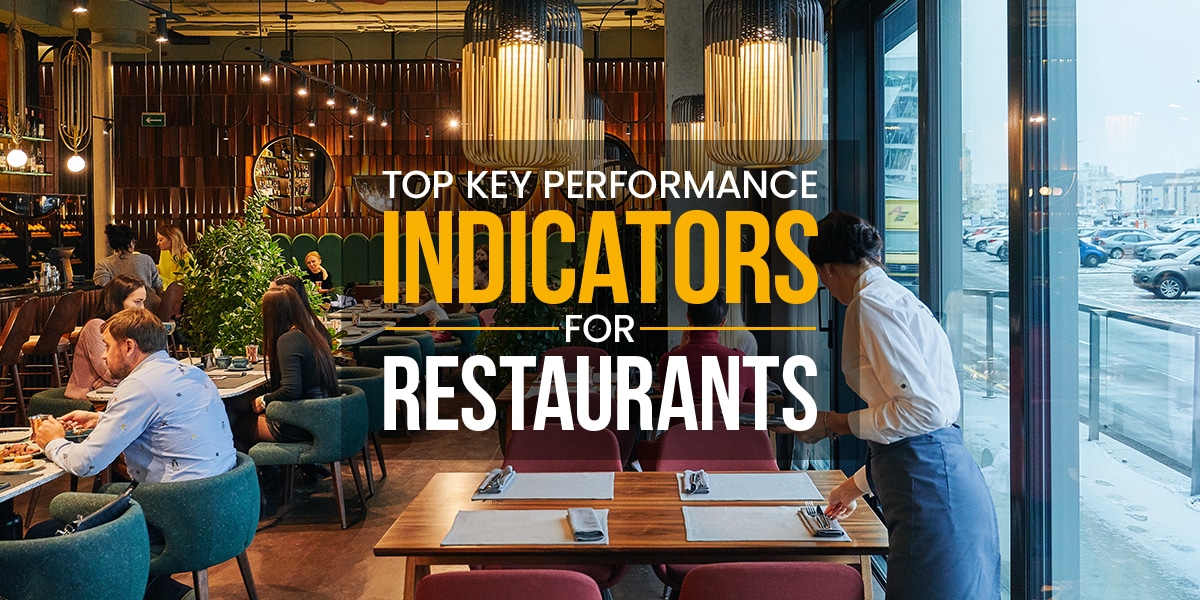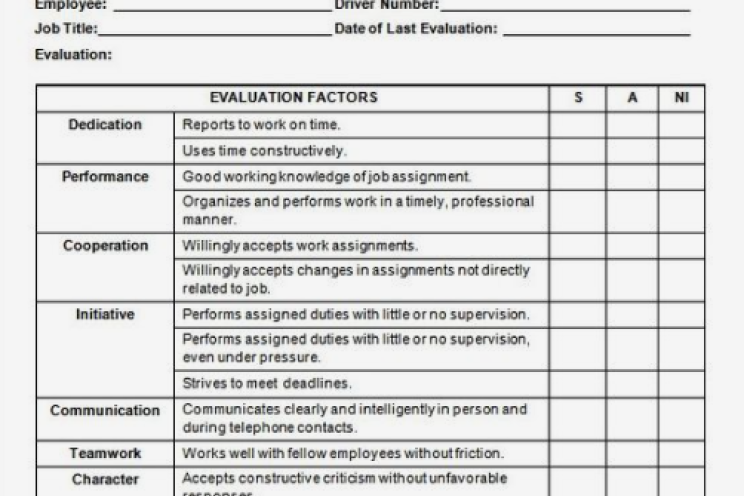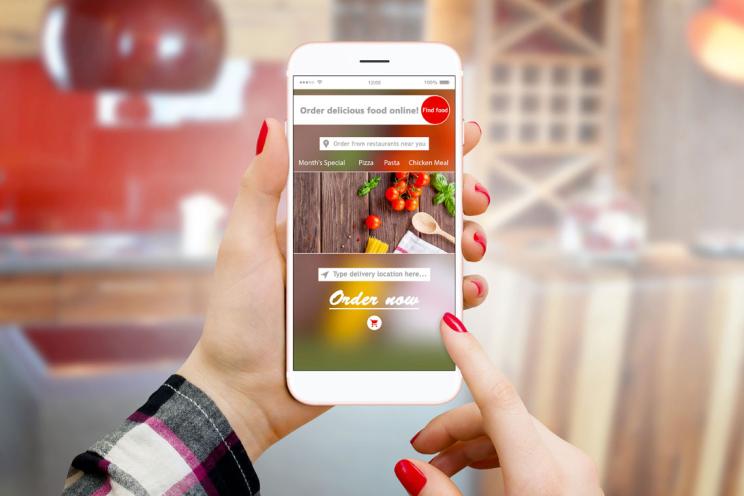
Key performance indicators to monitor at your restaurant
Employee’s performance is measurable and so is success and business’ performance.
The business force is driven by data that gives you a clear indication of your standpoint and your position in the market and among competition.
While judging the performance of your restaurant, many factors are to be taken into consideration to measure the well-being of your business in case you need to change any of your financial decisions.
What key performance indicators (KPI) to track to measure performance?
Cost of goods sold (COGS)
The COGS refers to the direct cost needed to prepare each of your food and beverage items.
Since COGS = beginning inventory + purchased inventory – ending inventory, you need to track your inventory levels at the beginning and end of a specific period.
Why do you need to track your COGS?
Your COGS gives you a clear indication of your expenses and hence your profitability. Tracking your expenses enables you to control your costs by identifying areas in which you can cut your expenses or areas of waste that you should be monitoring.
If you notice unjustified rising expenses, you should investigate to detect performance flaws that led to this increase.
Tracking your inventory is not an easy task but the inventory management system makes it a simple one with an integrated automation.
Prime cost
Many restaurateurs try to control their costs to increase their profitability rather than thinking to increase their sales.
What is prime cost?
The prime cost includes labor costs (salaried, hourly, weekly…) and the cost of goods sold.
Examples of prime cost are:
- Direct material
- Service labor
- Commission
It is technically the cost that you need to operate your restaurant at a certain time.
It is important to track your prime costs because uncontrolled costs of food, beverages and labor will eventually lead to great unwanted spending that decreases your profitability.
Gross profit
Gross profit is the profitability ratio used by investors, analysts and business owners to show the efficiency of your operations.
To get the gross profit, you deduct the cost of goods sold from the revenues during a specific time. The higher the gross profit, the more efficient is the performance and the operations.
Employee turnover rate
The obvious financial numbers are very important to consider but other important metrics need to be monitored such as the employee turnover rate.
The employee turnover rate is the percentage of employees who leave in a certain period and need to be replaced.
Restaurant sector is among the highest sectors that suffers from high employee turnover rate due to many reasons especially in fast food restaurants.
An incompetent staff damages the whole performance and efficiency of your operations. Similarly, an unhealthy work environment has the same impact on your business’ well-being.
Bear in mind that hiring and training new staff is costly especially if you desire to bring up their efficiency level that’s why you need to hire the right staff and train them properly in addition to offering them decent packages and healthy work environments.
To calculate the employee turnover rate, divide the total numbers of employees who left by your average number of employees in a certain period then multiply it by 100.
So, if you have 14 employees at the beginning of the month and 10 at the end of the month, the average number of employees is (14 + 10)/2 = 12
Then you divide 4/12 * 100 = 33.33%
Food cost percentage
The food cost percentage is another indicator to monitor when measuring your performance.
The food cost percentage is the difference between the cost of preparing a dish and its selling price and in this case every ingredient counts and matters.
So, if a certain platter costs $8 and its selling price is $42 then the food cost percentage is 8/42 = 19%.
The food cost percentage has a direct impact on profitability and enables you to figure out how to place your menu items and which ones to promote depending on their profitability.
You need to monitor these key performance indicators regularly to stay in control of your operations and business and ensure your profitability.





